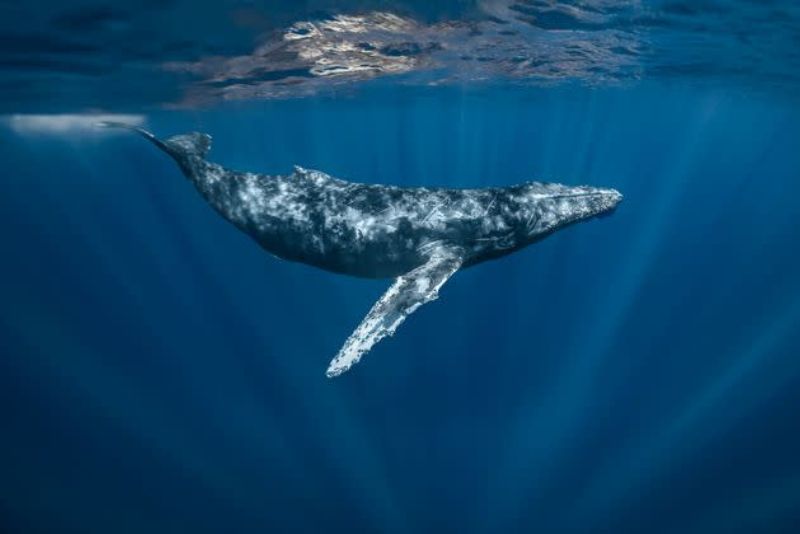Top 5 Most Powerful Mysterious Creatures Of All Time[Updated 2024]
![Top 5 Most Powerful Mysterious Creatures Of All Time[Updated 2024]](https://newsdailybeats.com/wp-content/uploads/2024/06/mystery-creatures-1-770x470.jpg)
Introduction to mysterious creatures
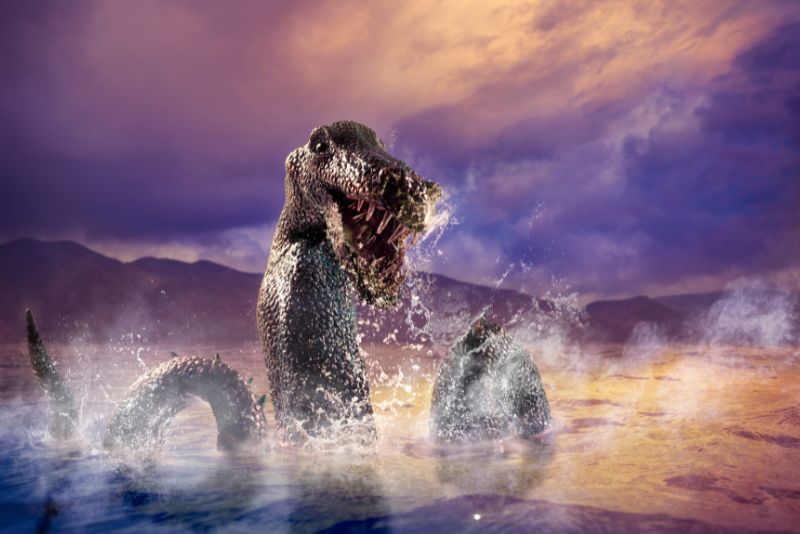
The realms of myth and legend teem with creatures of preternatural power and enchanting wonder. From the iridescent horn of the elusive unicorn to the rejuvenating flames of the phoenix, these mystical beings have captivated the human imagination for millennia, their very existence challenging the boundaries of our understanding.
To delve into the mythos of these majestic marvels is to embark on a journey of self-discovery, unearthing the deepest truths hidden within our collective consciousness. For the power of legend lies not merely in the recounting of marvelous tales, but in their capacity to unlock the wellsprings of our imagination, inspiring us to transcend the limitations of the mundane and embrace the profound mysteries that continue to shape our world.
1. Unicorn
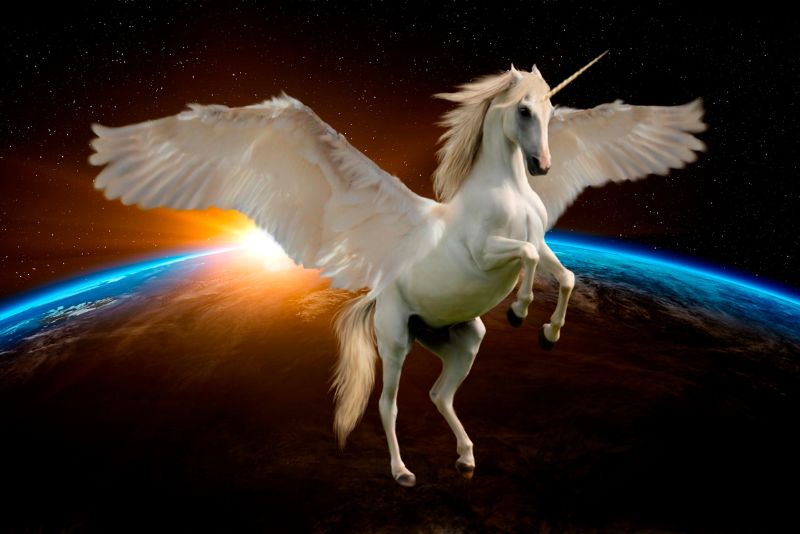
Whispers of the elusive unicorn have danced through the mists of legend for millennia. This majestic creature is said to appear as a magnificent horse, its coat shimmering with an otherworldly luminescence. But the true wonder lies in the unicorn’s solitary horn, a spiraling blade of ivory that seems to glimmer with an inner light. Fabled to possess miraculous healing powers, the unicorn’s horn was long sought after by kings and sorcerers alike. Yet this noble beast could only be tamed by the purest of heart – the approach of a virtuous maiden was the only thing capable of drawing a unicorn out from its woodland sanctuary.
In the presence of such innocence, the unicorn would lower its proud head, allowing the maiden to lay her gentle hand upon its brow. This symbiotic relationship between human and mythic beast spoke to humanity’s yearning for a connection to the untamed natural world, as well as our desire to recover a lost state of grace. The unicorn endures as a symbol of hope, purity and the persistent belief that wonders still linger, hidden, in the most forgotten corners of our world.
2. Phoenix
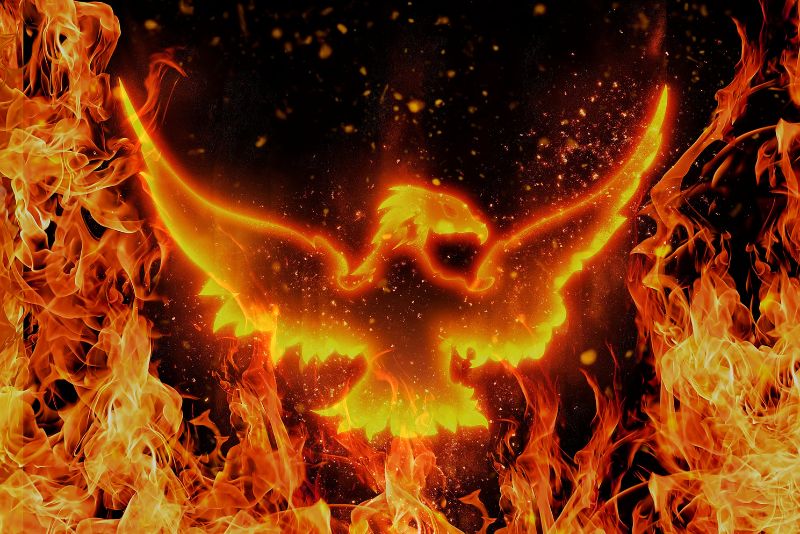
Wreathed in flames, the phoenix rises anew from the ashes of its former self, a magnificent avian embodiment of death, rebirth and renewal. This mythical bird, found in the folklore of ancient Greece, Egypt, China and beyond, is said to possess plumage of the most vibrant crimsons and golds, the colors of the sun itself. When its life cycle nears its end, the phoenix constructs a fragrant funeral pyre and throws itself willingly into the flames. Yet from this fiery immolation, the phoenix emerges reborn – its long, serpentine neck extending, eyes shining with youthful vigor.
This cyclical nature has imbued the phoenix with rich symbolic weight, making it a potent representation of immortality, resurrection and the inextinguishable life force that burns at the heart of the cosmos. Some legends claim the phoenix is capable of granting eternal life to those who behold it, while others suggest the bird’s ashes possess curative properties. Whether harbinger of life or death, the phoenix remains one of mythology’s most captivating and transformative figures, its story echoing humanity’s timeless fascination with the mysteries of existence.
3. Griffin

Soaring high above the earth, the griffin is a creature that inspires both awe and trepidation. With the majestic body and hindquarters of a lion, this mighty beast seamlessly transitions into the fierce, regal form of a great eagle – talons like daggers, wings that blot out the sun. The griffin’s hybrid nature, fusing the king of the beasts with the king of the birds, lends it an air of supreme dominance and divine right. In the myths and legends of ancient Greece, Rome, Persia and beyond, griffins were often depicted as tireless guardians, dutiful protectors of priceless treasure hoards and other invaluable riches.
Their keen eyesight and savage ferocity in battle made them the perfect custodians, feared by all who would dare encroach upon the domains they safeguarded. Even the mightiest of warriors would think twice before challenging a griffin, for these noble creatures were imbued with a preternatural strength that bordered on the supernatural. With its marriage of feline and avian attributes, the griffin remains an enduring symbol of majesty, power and the awesome forces that lie beyond mortal understanding.
4. Centaur
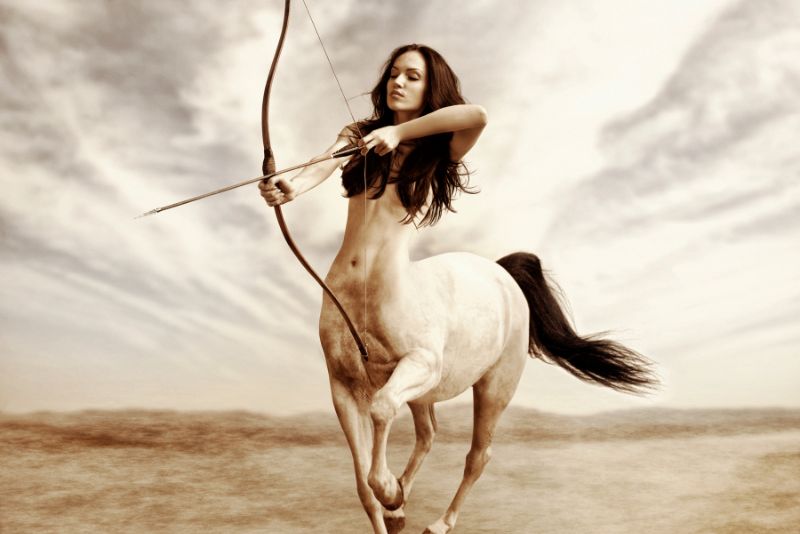
Bridging the divide between the human and the bestial, the centaur is a creature that has captured the collective imagination for millennia. Part man, part horse, these mythical beings were said to roam the untamed forests and rugged mountains of ancient Greece, their powerful equine lower bodies lending them unmatched speed and agility. Yet the centaur’s human torso and head gifted it with a fierce intelligence – legends speak of centaurs who were skilled in the arts of prophecy, philosophy and even the mastery of healing herbs. However, this duality also manifested in a mercurial nature, for the centaurs were just as renowned for their wild, unrestrained behavior as their scholarly pursuits.
Tales abound of centaurs succumbing to bouts of drunken revelry and violent outbursts, their animal instincts overwhelming their human capacity for reason and restraint. This tension between civilization and savagery, discipline and indulgence, has made the centaur a rich symbolic vehicle for exploring the complex interplay of our rational and primal selves. Even today, the centaur’s hybrid form continues to captivate, standing as a testament to the paradoxical forces that shape the human experience.
5. Medusa
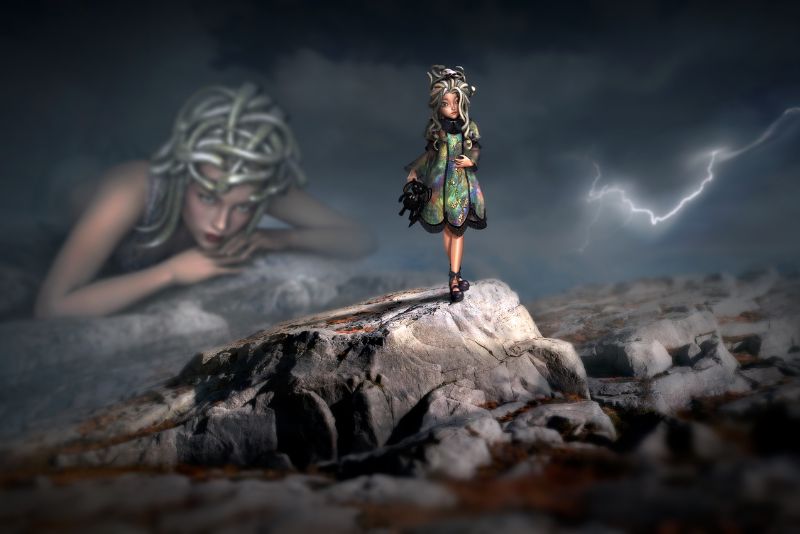
In the darkest corners of Greek mythology, few figures loom as large or as terrifying as Medusa, the monstrous Gorgon whose mere glance could turn the bravest of men to stone. Described as a winged woman with living venomous snakes in place of hair, Medusa’s visage was the stuff of nightmares – a horrific fusion of beautiful maiden and bestial horror that spoke to the deepest human fears. Yet Medusa’s origins were tinged with tragedy, for she was once a lovely priestess devoted to the goddess Athena, until she fell victim to the lustful advances of the sea god Poseidon.
Violated in Athena’s own temple, Medusa was then cursed by the enraged goddess, her once-beautiful tresses transformed into a writhing mass of serpents. Doomed to a life of solitude and revulsion, Medusa became a cautionary tale about the dangers of unchecked desire and feminine power outside the bounds of male control. Even in her gruesome demise at the hands of the hero Perseus, Medusa’s severed head remained a potent totem – one that continued to petrify all who dared to gaze upon it. As an icon of monstrosity, violated innocence and the fearsome power of the female gaze, Medusa endures as one of mythology’s most captivating and disturbing figures.







